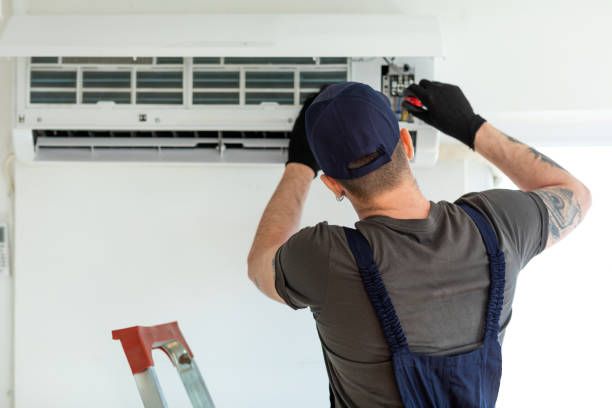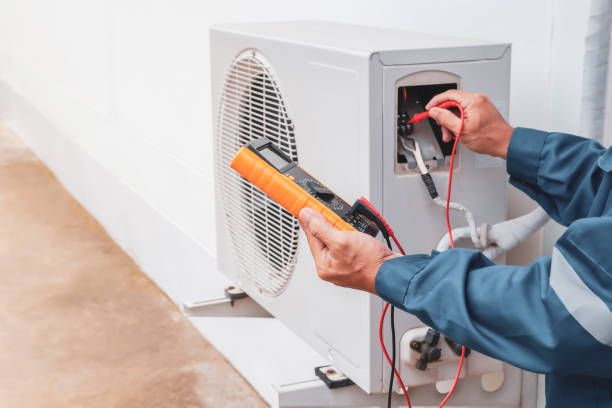As you embark on this exciting journey, ensuring the comfort of your new space is a top priority. One crucial aspect of home comfort is your Heating, Ventilation, and Air Conditioning (HVAC) system. In this guide, we'll walk you through everything you need to know about HVAC as a first-time homeowner, from understanding the basics to essential maintenance tips.
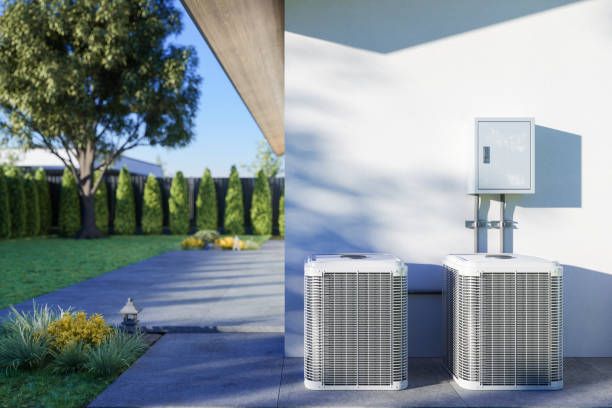
Everything You Need to Know About HVAC
Julian's Heat & AC
Understanding the Basics
What is HVAC?
HVAC stands for Heating, Ventilation, and Air Conditioning. It's a system that regulates your home's temperature, humidity, and overall air quality. Understanding the components of your HVAC system is the first step in ensuring it runs efficiently.
Different Types of HVAC Systems
There are various HVAC systems, including central heating and air conditioning, ductless mini-split systems, and heat pumps.
Let's elaborate on the different HVAC (Heating, Ventilation, and Air Conditioning) systems mentioned:
Central Heating and Air Conditioning:
- Description: Central HVAC systems are among the most common in residential and commercial buildings. They consist of a centralized unit, typically located outside, that heats or cools air. The conditioned air is then distributed throughout the building via a system of ducts and vents.
- Components: The central system includes a furnace for heating and an air conditioner or heat pump for cooling. The ductwork carries the treated air to various rooms.
Ductless Mini-Split Systems:
- Description: Ductless mini-split systems are versatile and suitable for spaces where traditional ductwork is impractical. They consist of an outdoor unit connected to one or more indoor air-handling units. Each indoor unit is placed in a specific room or zone, allowing for customized climate control.
- Components: The outdoor unit houses the compressor and condenser, while the indoor units contain the evaporator and air-handling components. Refrigerant lines connect the indoor and outdoor units.
Heat Pumps:
- Description: Heat pumps are unique as they can provide both heating and cooling. They transfer heat between the indoor and outdoor environments rather than generating heat or cool air directly. They are especially energy-efficient in moderate climates.
- Components: A heat pump consists of an indoor and outdoor unit similar to an air conditioner. In heating mode, the refrigerant cycle is reversed, extracting heat from the outside air and transferring it indoors.
Each of these HVAC systems has its advantages and considerations, and the choice often depends on factors such as climate, building size, and specific heating or cooling needs. Central systems are effective for whole-house heating and cooling, ductless mini-splits offer zoning flexibility, and heat pumps provide dual functionality with energy efficiency in mind. Selecting the appropriate HVAC system depends on the unique requirements of the space being conditioned.
Consult with a professional to determine which system suits your home best.

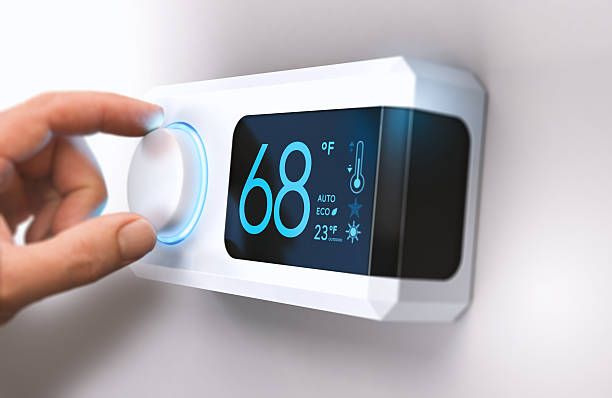
Key Components of Your HVAC System
Thermostats
The thermostat is your HVAC system's command center. Familiarize yourself with thermostat settings to optimize comfort and energy efficiency. Programmable thermostats allow you to set temperature schedules, saving energy when you're away.
Temperature Zones:
- Explore the option of setting up temperature zones within your home. This allows you to customize the heating or cooling for specific areas, optimizing comfort based on your preferences and usage patterns.
Smart Thermostats:
- Consider upgrading to a smart thermostat for advanced control and automation. Smart thermostats learn your habits, adapt to your schedule, and can be controlled remotely through smartphone apps. This technology enhances energy efficiency and provides real-time insights into your system's performance.
Fan Settings:
- Familiarize yourself with the fan settings on your thermostat. The fan can be set to auto, where it operates only when heating or cooling is active, or to on, where it runs continuously. Understanding these settings helps in maintaining optimal air circulation and filtration.
Regular Calibration:
- Periodically calibrate your thermostat to ensure accurate temperature readings. Inaccuracies can lead to inefficient heating or cooling, impacting both comfort and energy consumption.
Seasonal Adjustments:
- Make seasonal adjustments to your thermostat settings. In winter, lower the temperature when you're away or asleep to save energy. In summer, raise the temperature when you're not at home. These adjustments contribute to energy savings without compromising comfort.
Filter Reminders:
- Some smart thermostats provide filter change reminders. Regularly changing your HVAC system's air filter is essential for optimal performance and indoor air quality. Use these reminders to maintain a healthy and efficient system.
Thermostat Placement:
- Ensure your thermostat is installed in an optimal location. Avoid placing it near drafty windows, direct sunlight, or heat-emitting appliances, as these factors can affect temperature readings and system operation.
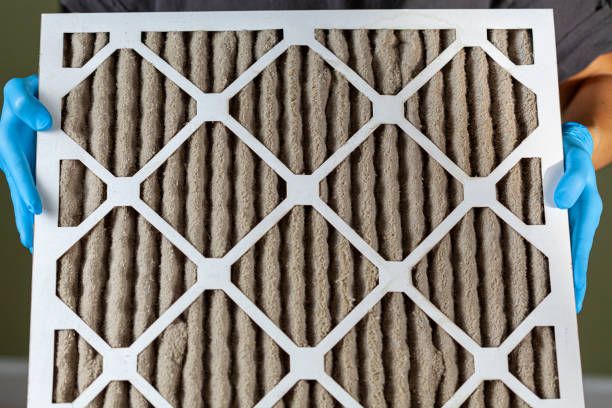
Air Filters
Regularly changing air filters is crucial for maintaining good air quality and system efficiency. Aim to replace or clean filters every 1-3 months, depending on your system and usage.
Consistently changing air filters is vital for ensuring both good air quality and efficient system performance. Plan to replace or clean filters every 1-3 months, adjusting the frequency based on your specific HVAC system and usage patterns. This simple maintenance task goes a long way in preserving a healthy indoor environment and optimizing your system's functionality.
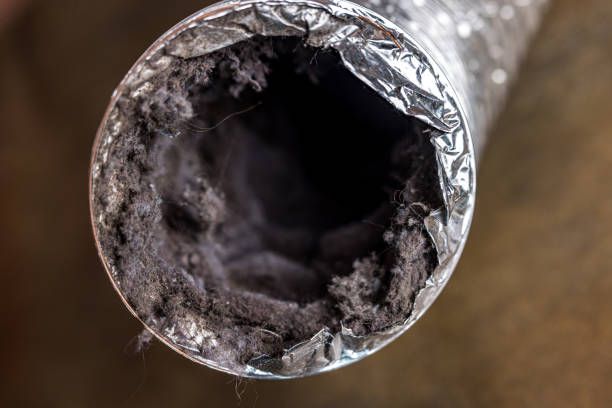
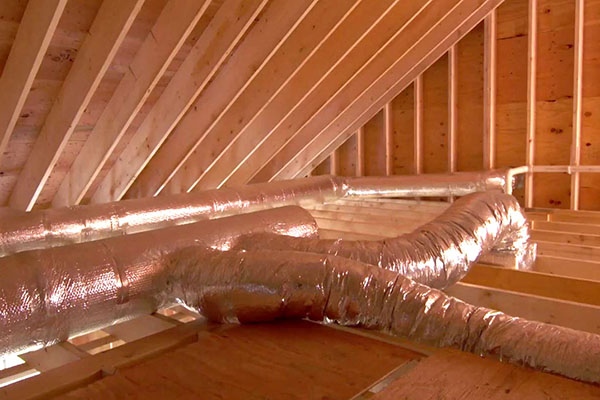
Ductwork
Understanding your home's ductwork is essential. Ensure ducts are sealed and insulated properly to prevent energy loss and maintain consistent heating and cooling throughout your home.
Gaining a comprehensive understanding of your home's ductwork is essential for optimizing your HVAC system's efficiency. Properly sealed and insulated ducts play a crucial role in preventing energy loss and maintaining consistent heating and cooling throughout every corner of your home.
Sealed Ducts:
- Check that all duct joints and connections are sealed properly to prevent air leaks. Leaky ducts can lead to energy waste, as conditioned air escapes into unconditioned spaces, causing your system to work harder than necessary.
Insulated Ducts:
- Ensure that ducts are adequately insulated, especially in spaces like attics or crawl spaces where temperature extremes can affect the efficiency of your system. Proper insulation helps to maintain the temperature of the air traveling through the ducts.
Balanced Airflow:
- Achieve balanced airflow by inspecting and adjusting dampers in the ductwork. This ensures that each room receives an appropriate amount of conditioned air, avoiding hot or cold spots in your home.
Regular Inspections:
- Schedule regular inspections of your ductwork to identify and address any issues promptly. Over time, wear and tear can occur, and addressing minor problems early can prevent more significant issues down the line.
Professional Duct Cleaning:
- Consider professional duct cleaning services to remove dust, debris, and contaminants from the ducts. Clean ducts contribute to better indoor air quality and help your HVAC system operate at its best.
Duct Sealing Services:
- If you suspect significant air leakage, consider professional duct sealing services. Technicians can use specialized materials to seal gaps and joints in the ductwork, improving overall system efficiency.
By prioritizing the integrity of your home's ductwork, you enhance your HVAC system's performance, reduce energy consumption, and create a more comfortable living environment. Regular maintenance and occasional professional services contribute to the longevity and efficiency of your entire heating and cooling system.
Essential Maintenance Tips
Regular Inspections
Schedule professional HVAC inspections annually to catch potential issues early. Regular maintenance helps prevent breakdowns and ensures your system operates at peak efficiency.
Cleaning and Ventilation
Keep outdoor units free of debris, and ensure indoor vents are unobstructed. Good ventilation not only enhances air quality but also contributes to your HVAC system's efficiency.
Energy Efficiency and Cost Savings
Consider energy-efficient upgrades such as smart thermostats, programmable zoning systems, and high-efficiency HVAC units. These investments can lead to long-term cost savings.
Sealing Leaks
Inspect your home for air leaks and seal gaps around windows and doors. Proper insulation and sealing contribute to a more energy-efficient HVAC system.
Seeking Professional Guidance
While there are DIY maintenance tasks, some issues require professional attention. If you notice unusual sounds, inconsistent heating or cooling, or increased energy bills, it's time to call an HVAC professional.
Conclusion
As a first-time or long-time homeowner, understanding your HVAC system is key to maintaining a comfortable and efficient living space.
Takeaways:
Regular maintenance, energy-efficient upgrades, and professional guidance are crucial elements in ensuring your HVAC system serves you well for years to come.
If you have specific questions or concerns, don't hesitate to reach out to a trusted HVAC professional for personalized advice.
Welcome to the world of homeownership, where a cozy and comfortable home is just a well-maintained HVAC system away!
